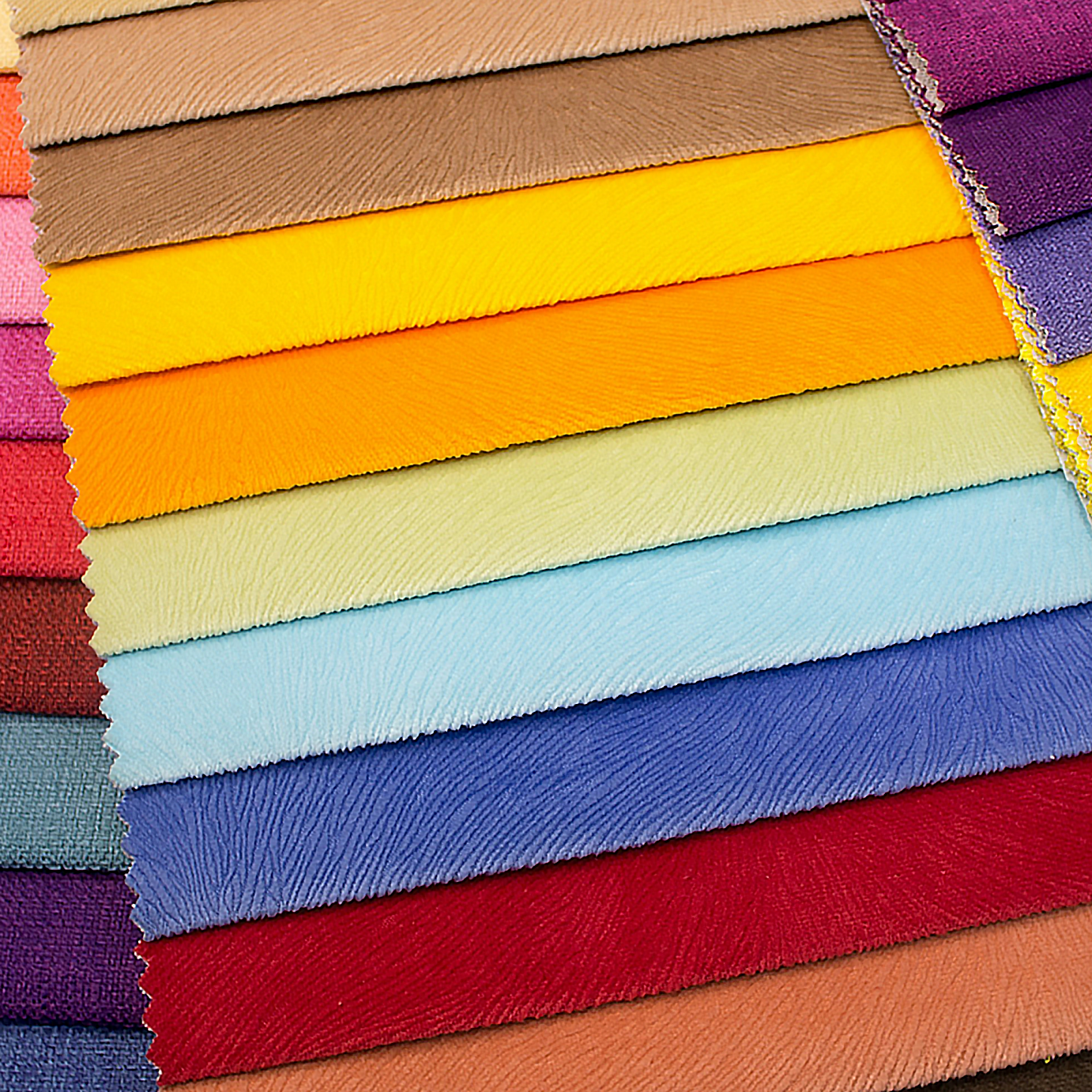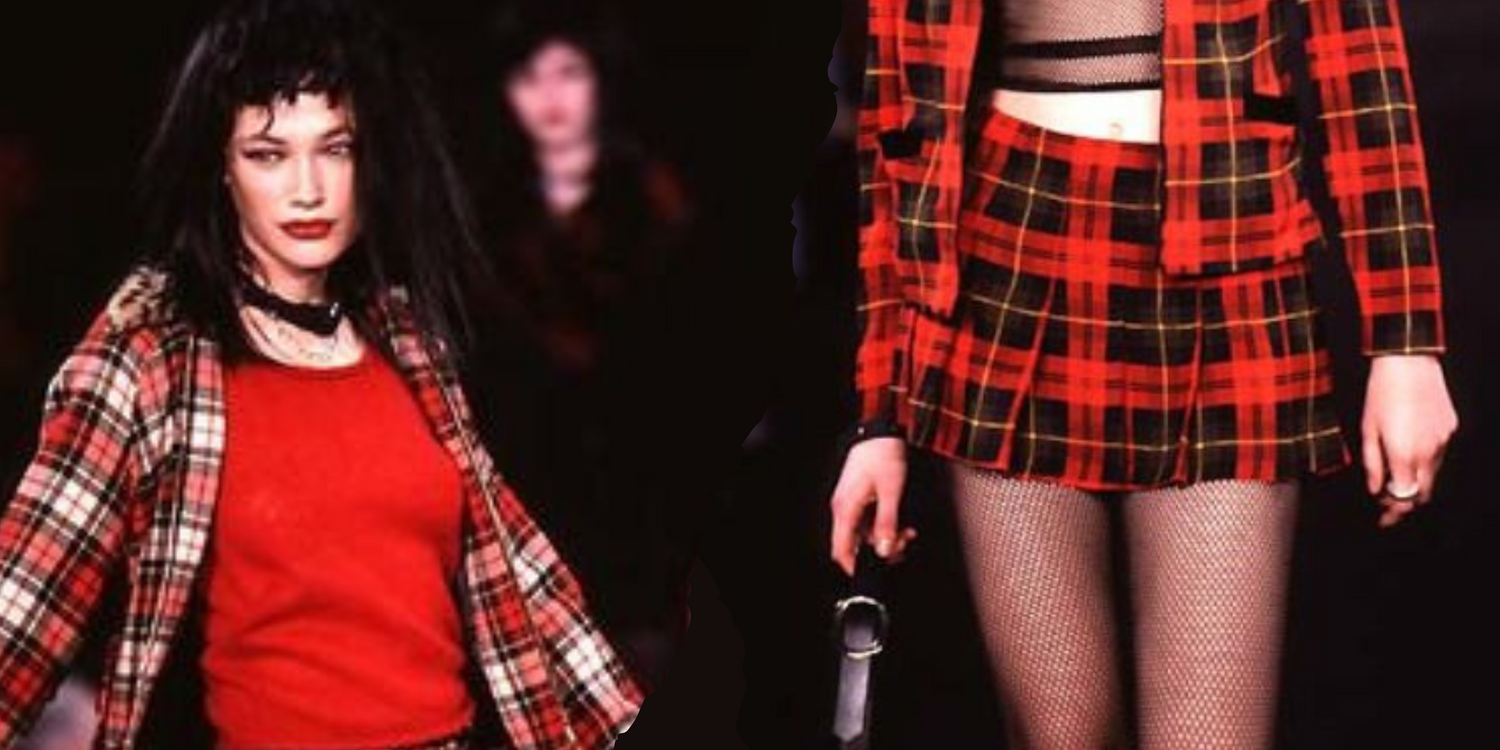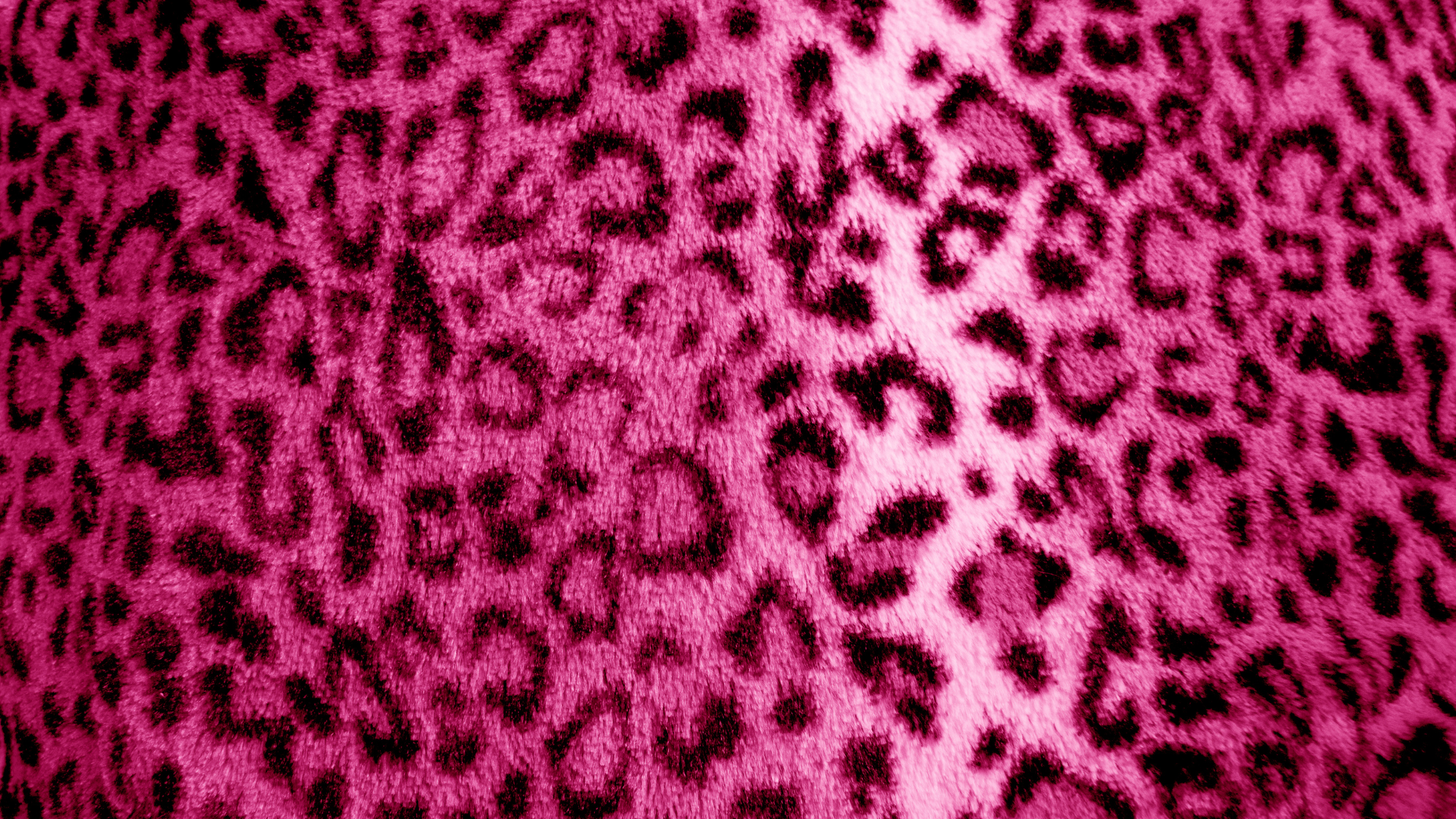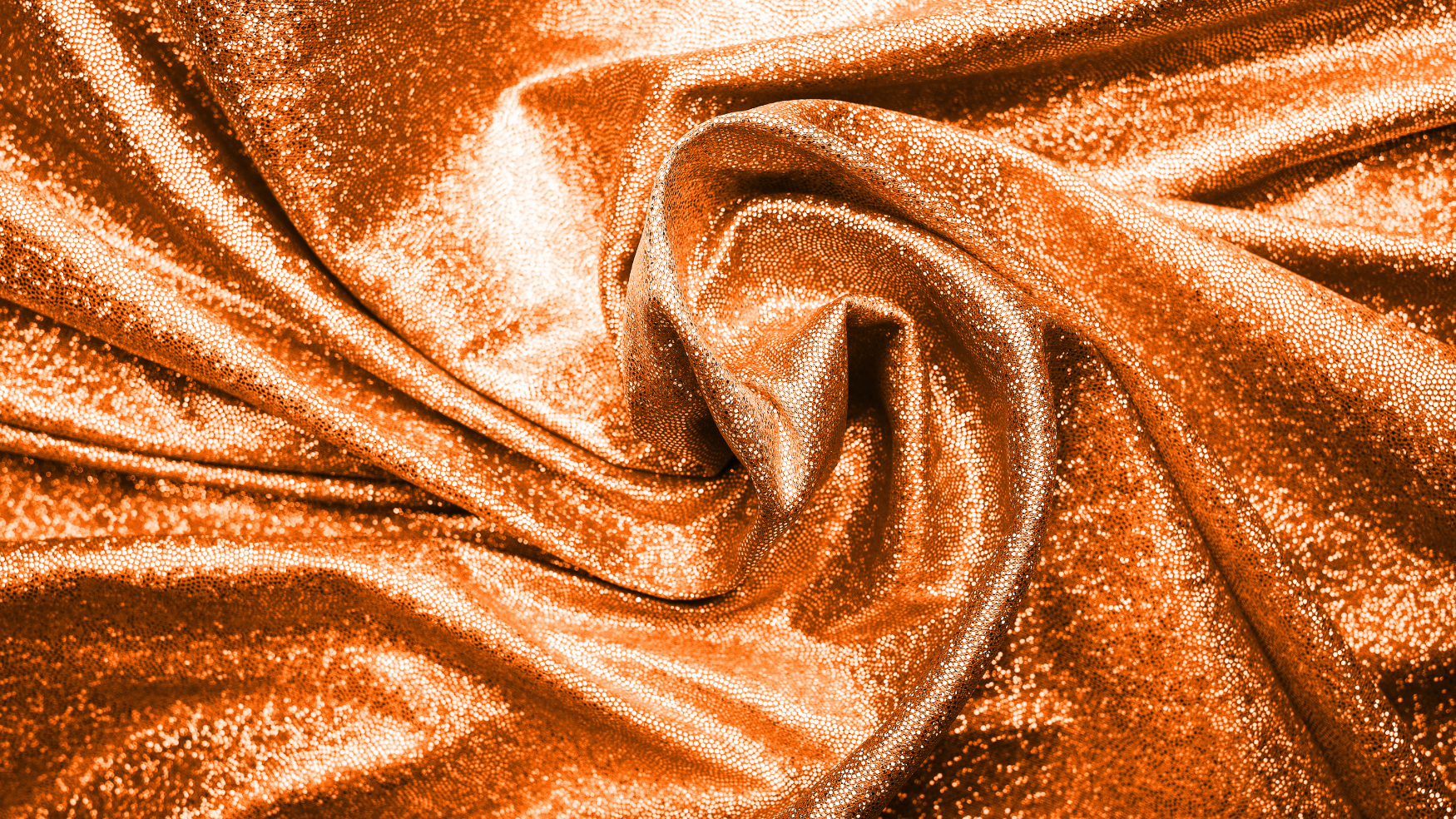
Punk fashion at Betsey Johnson F/W 1996
From its roots in the 1970s underground music scene to its enduring influence in contemporary fashion, punk has woven together an eclectic array of materials that challenge conventions and ignite individuality. This blog post delves into the fabrics that have become synonymous with punk fashion, exploring their history, significance, and enduring presence in this iconic and defiant movement.
The history of punk fashion
Punk fashion emerged as a powerful cultural movement in the mid-1970s, originating primarily in the United Kingdom and the United States. It was more than just a style; it was a rebellion against societal norms, political unrest, economic disparity, and a critique of mainstream culture. The history of punk fashion is deeply intertwined with the music genre of punk rock, serving as a visual representation of the movement's ethos.
The early punk fashion scene was characterized by a do-it-yourself (DIY) attitude, a deliberate disregard for conventional fashion norms, and a desire to shock and confront established societal standards. Influenced by a blend of anti-establishment sentiments, anarchy, and a desire for self-expression, punk fashion embodied a raw and provocative aesthetic.
Some key elements of early punk fashion included ripped clothing, safety pins as fashion accessories, band T-shirts, leather jackets adorned with studs or spikes, DIY customized clothing, and iconic hairstyles like the Mohawk or brightly colored, spiked hair. Vivid and unconventional makeup, often featuring heavy eyeliner and bold lipstick, was also a significant aspect of the punk look.
Over time, elements of punk fashion have been assimilated into mainstream fashion, influencing designers and styles across the globe. Despite its evolution and diffusion into popular culture, the spirit of punk fashion continues to serve as a symbol of nonconformity, creativity, and the celebration of individuality.
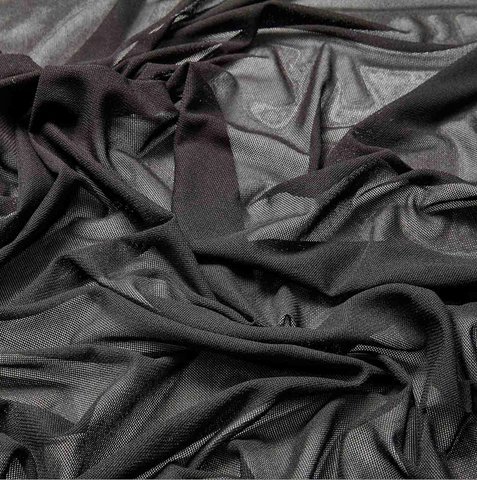
What fabrics are used in punk fashion?
Punk fashion is characterized by a diverse range of fabrics that contribute to its rebellious and eclectic aesthetic. Some of the key fabrics commonly associated with punk fashion include:
- Leather: Leather jackets, pants, skirts, and accessories are iconic in punk fashion. The rugged and rebellious nature of leather aligns with the movement's ethos of nonconformity and defiance.
- Denim: Denim, especially distressed or ripped denim, is a staple in punk fashion. Jeans, jackets, vests, and cutoffs often feature prominently, embodying the DIY and anti-establishment spirit of the movement.
- Tartan (Plaid): Tartan, or plaid patterns, became synonymous with punk fashion, influenced by its association with rebellious counterculture. Tartan skirts, shirts, kilts, and accessories are prevalent in punk-inspired looks.
- Vinyl/PVC: Shiny and often black, vinyl or PVC fabrics contribute to the punk aesthetic, especially in the form of skirts, pants, jackets, or accessories. These materials add a bold and unconventional look to outfits.
- Metallics: Metallic fabrics, whether in clothing or accessories, bring a flashy and attention-grabbing element to punk fashion. They often feature in embellishments, boots, or statement pieces.
- Mesh: Mesh fabrics, like fishnet, are used for layering or as details in punk fashion. They add texture and a sense of rebelliousness to outfits when used strategically.
- Studs and Chains: While not traditional fabrics, studs, chains, and safety pins are integral to punk fashion, often adorning clothing made of various materials to create a rebellious and DIY-inspired look.
Punk fashion revels in the use of unconventional materials and often involves repurposing or distressing fabrics to create a deliberately unkempt and anti-establishment appearance. The eclectic mix of these fabrics contributes to the diverse and defiant nature of punk style.

Zelouf Victoria Yard Dye Taffeta in Plaid
How can I style punk fabrics for modern-day fashion?
Styling punk fabrics for the modern-day often involves a blend of classic punk elements with contemporary fashion trends, allowing for a personalized and edgy look. Here are some tips on styling punk fabrics in a modern context:
- Mix Punk Elements with Basics: Incorporate punk fabrics like leather, denim, or plaid into everyday outfits. For instance, pair a leather jacket with a simple white T-shirt and jeans for a classic yet edgy vibe.
- Statement Pieces: Use punk fabrics as statement pieces. Opt for a bold item like a tartan skirt or vinyl pants and pair it with more neutralor understated pieces to let the fabric stand out.
- Layering: Experiment with layering different textures and fabrics. Combine a fishnet top under a denim jacket or layer a mesh shirt over a basic tank top to add dimension and depth to your outfit.
- Accessorize Thoughtfully: Incorporate punk-inspired accessories such as studded belts, chunky boots, chains, or fishnet stockings to add an edgy flair to any outfit without going full-on punk.
- Modern Silhouettes: Look for modern cuts and silhouettes in punk fabrics. Instead of traditional punk styles, opt for contemporary designs like a structured leather blazer or a denim jumpsuit to infuse a punk vibe into your look.
- Play with Contrasts: Mix feminine and punk elements. Pair a plaid skirt with a feminine blouse or style a leather jacket with a flowy dress to create an interesting contrast between edgy and softer aesthetics.
- DIY Touches: Embrace the DIY spirit of punk fashion by customizing your clothing. Add patches, studs, or distress denim to give your outfit a personalized punk edge.
- Minimalist Approach: Incorporate punk fabrics subtly. Instead of going all-out punk, use these fabrics in smaller doses, such as in accessories or as accents, to add a hint of rebelliousness to an otherwise minimalist outfit.
- Play with Colors: Experiment with unconventional color combinations. Mix and match different punk fabrics in unexpected ways, combining vibrant colors or metallics for a modern and daring look.
Modern punk fashion is about expressing individuality and creativity. Feel free to mix and match punk fabrics and elements in a way that resonates with your personal style, creating a contemporary take on the classic punk aesthetic.
Where can I buy punk fabrics?
At Zelouf Fabrics, we have an extensive collection of plaid, mesh, metallic fabrics, and more, available wholesale or by the yard! Explore endless options in our online store.

